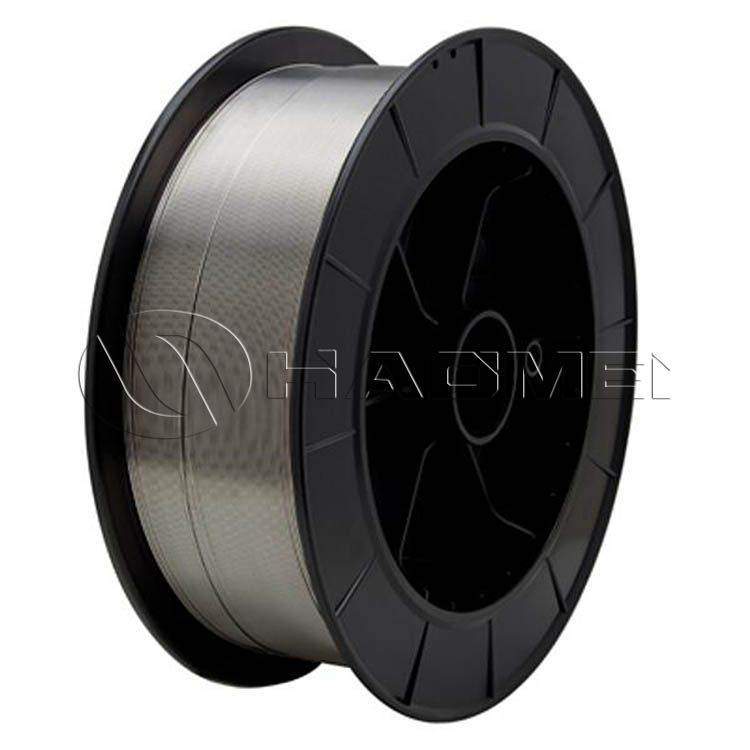5356 VS 5183 Welding Wire
In the field of aluminum alloy welding, choosing the right welding wire is crucial, which directly affects the welding quality, joint performance and reliability of the final product. As two commonly used aluminum alloy welding wires, 5356 and 5183 aluminum welding wires each have unique performance characteristics and are suitable for different aluminum alloys and applications.

1. 5356 aluminum welding wire
Chemical composition and performance characteristics: 5356 welding wire belongs to aluminum-magnesium alloy welding wire, and its magnesium content is usually 4.5%-5.5%, and contains a small amount of titanium (about 0.1%). The addition of magnesium significantly improves the strength of the welding wire and makes it have good forgeability.
At the same time, this alloy component gives 5356 welding wire excellent corrosion resistance, especially in harsh conditions such as marine environment. In addition, titanium plays a role in refining grains, improving the microstructure of the weld, and further improving the overall performance of the weld.
The melting point of 5356 welding wire ranges from 575 to 633℃. During the welding process, it has good fluidity and can fill the weld more evenly to form a high-quality welded joint. Moreover, after anodizing, the weld can still remain white, which is very beneficial for some welding applications that require appearance color and can provide a good color matching effect for the welded joint.
Applicable aluminum alloys: Due to its composition and performance characteristics, 5356 aluminum welding wire is very suitable for welding cast and forged aluminum alloys with a magnesium content of about 5%.
Common ones include 5083 aluminum alloy, which has medium strength, good corrosion resistance and machinability. It is widely used in shipbuilding, pressure vessels, automotive parts and other fields. 5356 welding wire can give full play to the advantages of both and ensure the quality and performance of the welded joints.
In addition, for some 5000 series aluminum alloy welding repair work, 5356 welding wire is also a good choice. It can effectively fill defects and restore the integrity and performance of aluminum alloy parts.
2. 5183 aluminum welding wire
Chemical composition and performance characteristics: 5183 welding wire is also an aluminum-magnesium alloy welding wire, and its magnesium content is generally 4.3%-5.2%. Compared with 5356 welding wire, although the magnesium content is similar, the subtle difference makes their performance different.
5183 welding wire has a higher tensile strength, which means that the welded joint performs better when subjected to tensile force. At the same time, it also has good corrosion resistance and can maintain stable performance in a variety of environments. During the welding process, 5183 welding wire has good process performance, which can adapt to different welding positions and welding methods, and form a denser weld structure.
Applicable aluminum alloys: 5183 aluminum welding wire is mainly suitable for welding aluminum alloys of the same grade, such as some aluminum-magnesium alloy plates and profiles.
For some aluminum alloy structures with higher strength requirements, such as aluminum alloy load-bearing structures in the construction field, high-strength aluminum alloy parts in vehicle manufacturing, etc., 5183 welding wire can provide welding strength and quality that meet the requirements. When welding aluminum alloys such as 5083 and 5052, 5183 welding wire can be well integrated with the parent material to form a strong and excellent welding joint.
Original Source:https://www.marinealu.com/a/5356-vs-5183-welding-wire.html
Tags: aluminum welding wire ,
Prev:6082 Grade Aluminium: A Popular Choice for Marine Profile